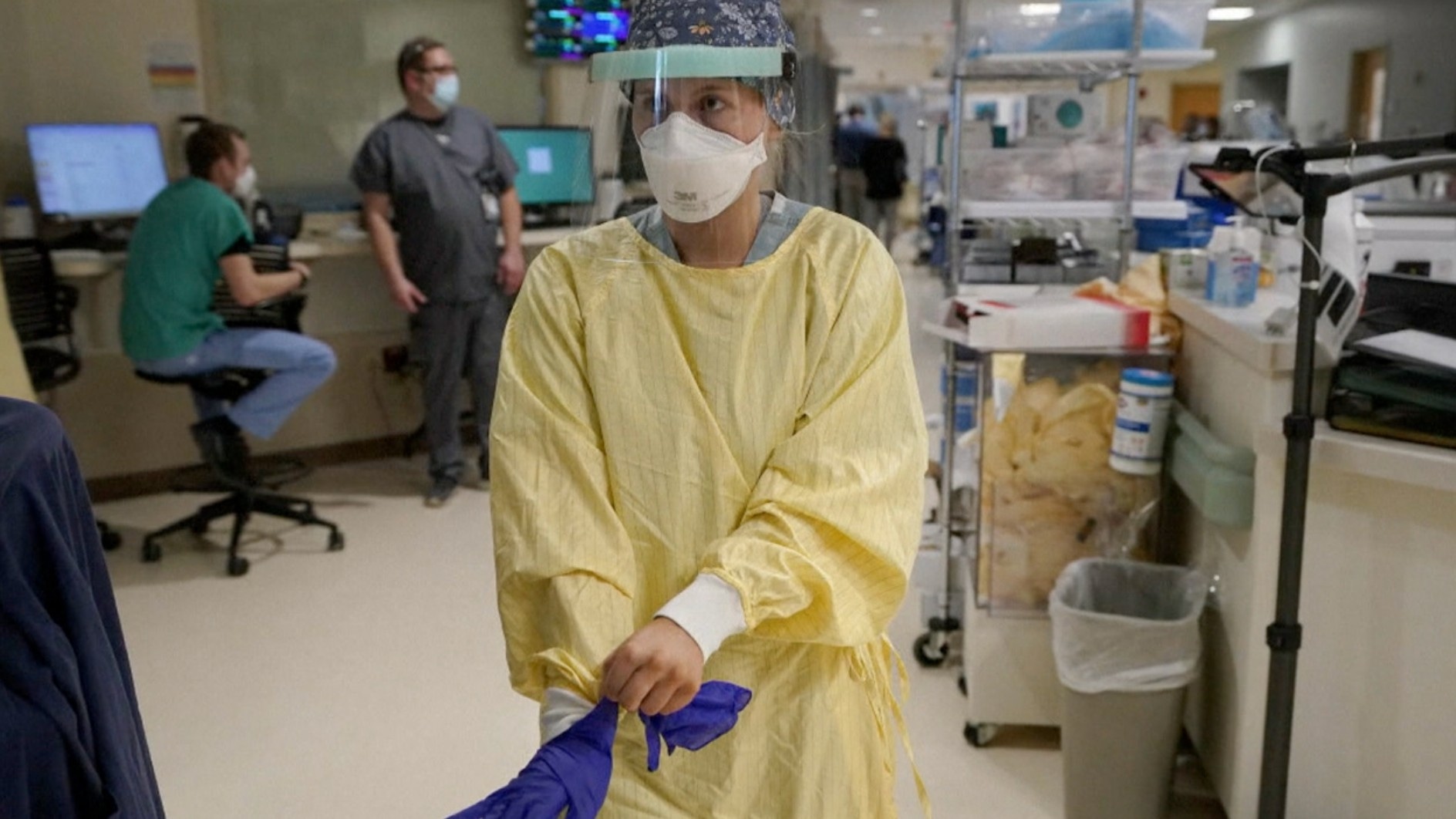Medical experts: BA.2 strain of omicron explained and how to stay safe
A new strain of the omicron variant is under the microscope of scientists and medical experts, here in Minnesota and around the world.
It’s called BA.2.
Researchers say it’s a spinoff of the original omicron variant known as BA.1.
“This is what viruses do,” says Dr. Beth Thielen, a professor of pediatrics at the University of Minnesota Medical School. “They’re kind of in a constant arms race with human beings, trying to one-up us — and our immune systems are catching up, so I think this is the nature of viruses.”
BA.2 is appearing even as the U.S. continues to push back against the original omicron surge.
The Center for Disease Control says the BA.1 strain accounts for 99% of covid infections nationwide.

And the World Health Organization says the U.S. is nearing the end of the “emergency” phase of the pandemic.
“The virus isn’t going away. We may see future surges, but I think the restrictions, mandates, a lot will start easing,” explains Dr. Ashish Jha, the Dean at Brown University School of Public Health. “What that means is when we see future surges, we’ll have to deploy the tools we have, vaccines, tests, etc., to get through them.”
Experts say BA.2 has had high numbers in places like Denmark and the U.K.
Authorities say after it was first identified early last December, BA.2 has spread to 49 countries, including the U.S.
Health officials say domestically, it’s been detected in 24 states — but that there are only about 127 known cases.
We asked Dr. Hannah Lichtsinn, an internist and pediatrician at Hennepin Healthcare Minneapolis about the emergence of BA.2.
“Really we don’t know yet,” she says. “Just like every variation of this virus, it’s too early to tell exactly what sort of impact it will have.”
Lichtsinn says BA.2 is spreading even more quickly than the original version, but that it’s not necessarily more severe.
“There’s no reason to think it will cause any more severe illness for people than the current or the original omicron has,” she notes. “So even if it’s spreading more quickly, it doesn’t seem — at least at this stage — to be causing more severe illness.”
But why is BA.2 so transmissible?
Lichtsinn and other experts say it has to do with genetic mutations in its spike protein, which attack healthy cells.
“The mutations that they’re noting are on the spike protein, which is how the virus infects through that protein,” she says. “It’s also how the vaccine works, by detecting the spike protein, so it latches on more strongly and that’s what makes it more infectious.”
Lichtsinn says it looks like Minnesota has hit the peak of this initial omicron wave.
But she cautions that people shouldn’t let their guard down — and she says getting vaccinated and boosted are the best weapons against COVID-19.
Lichtsinn says it’s sometimes nearly impossible to tell if you have a cold, the flu, or have contracted covid.
She says the best way to know for sure is to get tested.
The good news?
Medical experts believe that COVID vaccines are effective — even with these new variants — at preventing serious illness, hospitalizations and death.
Thielen advises her patients to be prepared for more variants that may appear.
“In places where we have seen really high vaccination rates, these new variants do crop up and cause disease, but we haven’t seen really striking hospitalizations,” she says. “I think here in Minnesota, we’re sort of at a crossover point where we’re still seeing a fair number of hospitalizations coming from omicron, but these are largely in people who haven’t been vaccinated.”